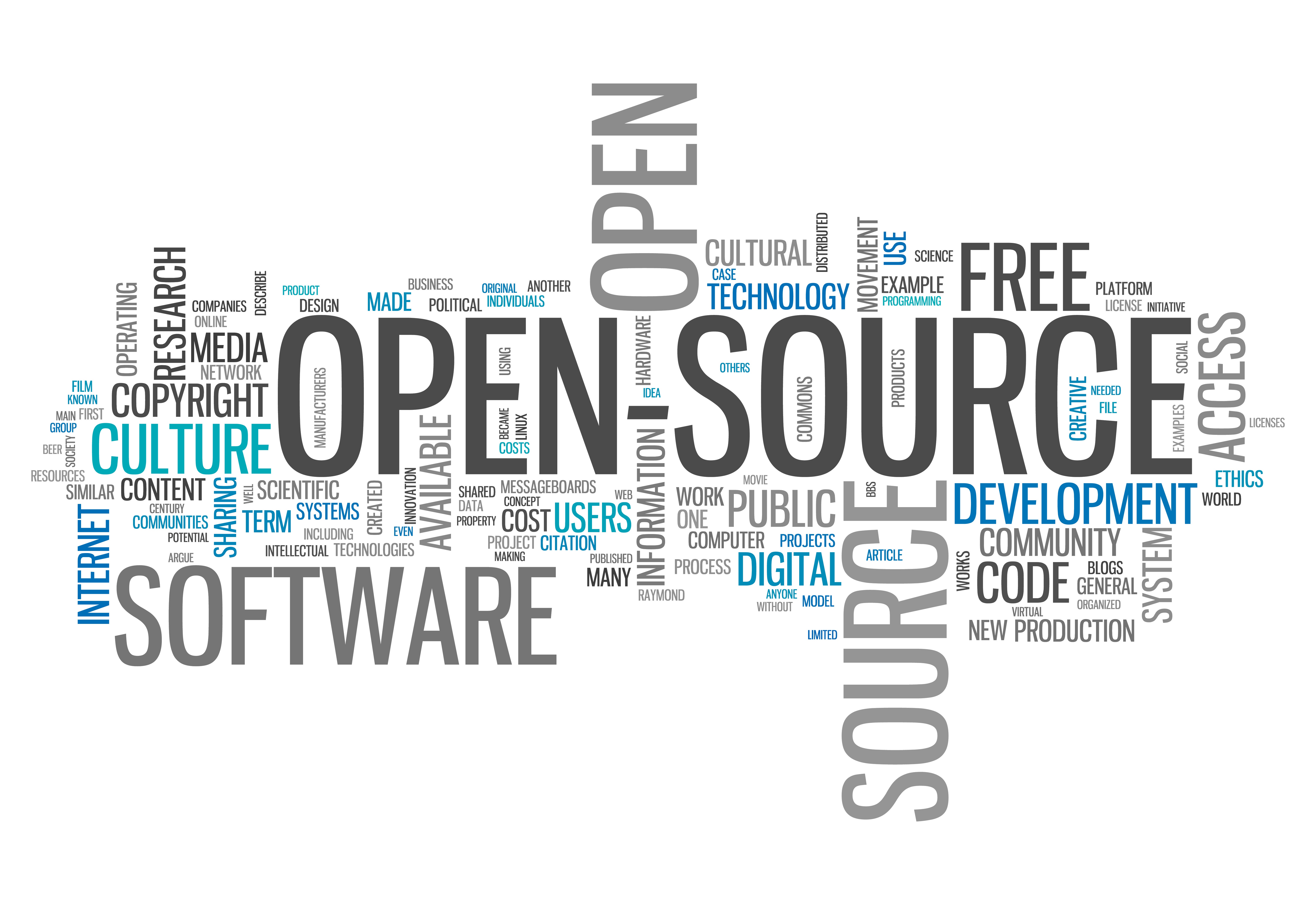
Comparing Open Source vs. Licensing vs. Open Source Dual Licensing Models
If you’ve licensed software for your organization, you’ve no doubt encountered software licensing, which means you’re also likely aware of how confusing it can be. IT operations form a major part of how business is conducted these days.
That means when it comes to licensing software, you want to be sure to choose the format that will best enable you to serve your customers. Let’s do a brief rundown of the different types of software licensing models available and what their various advantages and disadvantages are.
Open Source
Open source software licensing is a format of accepted copyright licensing for software designed to allow developers to modify and share the source code behind it. Depending on the developer’s preference, open source software can be freeware, shareware or paid for outright.
Pros
Many organizations and groups oversee open source licensing, in part because it has been around for a long time. This makes it more viable for software developers looking to protect their work. Since this format has been around for so long, more people recognize it, making it easier to protect your source code against someone using it in a way you didn’t authorize.
Cons
Open source licensing comes with no guarantees and offers no support for fixing issues that may arise. Also, since open source software is often developed and distributed by multiple developers, issues sometimes fall through the cracks.
Licensing
Licensing, also known as proprietary licensing, is a free-form licensing format.
Pros
Unlike open source, proprietary licensing includes support, bug fixes and patches, plus other support and solutions courtesy of the developer. This can help solve problems when there are outages as long ticket times can cost your organization money, or worse, customers.
Cons
Because this type of licensing is so free-form, it offers no real oversight. That means that when you download a software title under a proprietary license, it’s the developer who makes the rules regarding what you can and can’t do with it. Also, because this type of licensing isn’t recognized by law, you may be required to agree to a lengthy set of Terms and Conditions.
Open Source Dual Licensing
Open source dual licensing is an open source business model under which vendors make their software available via both open source licenses and under a different model where a fee is involved.
Pros
This type of software licensing can be advantageous in that it provides you with options. You can opt for the fee-less version, often known as “freemium”.
Cons
Often the free versions of software available under this format are limited in terms of capability. Open source dual licensing software licensed under a freemium agreement offers only a basic version of what the commercial, subscription-based version offers.
In Summary
When it comes to choosing the type of licensing that’s right for you, ultimately the question you must ask yourself is: which one will best enable you to serve your customers? In today’s competitive landscape, serving your customers’ IT needs means not just meeting and exceeding their expectations, but also improving all the time and anticipating their IT needs before they’re aware of them.